Kitchens are often the heart of the home, but they’re also one of the most trend-sensitive areas when it comes to design. What feels sleek and modern today can easily become outdated or even frustrating in just a few years. Homeowners rushing into renovations now might find themselves regretting their choices sooner than they think. Here are 13 kitchen features designers and real estate pros say you’ll wish you had skipped by 2027.
1. Pot Fillers
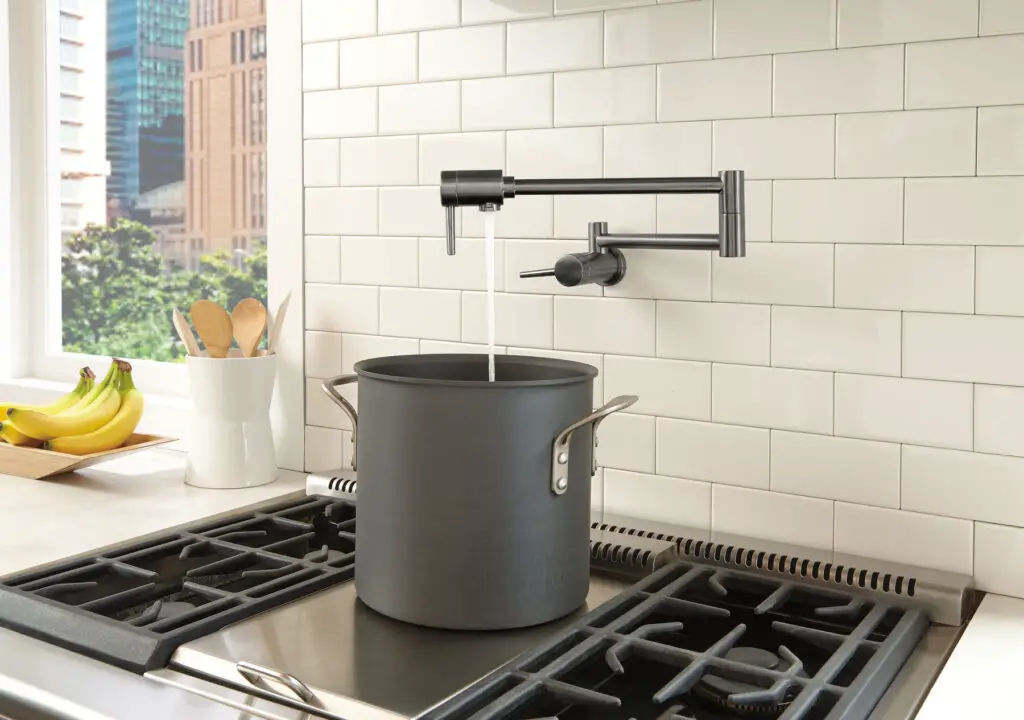
Pot fillers are a favorite on luxury kitchen wishlists, but their actual usage is limited. Most people rarely use them enough to justify the plumbing and maintenance they require. They can also leak or break, especially if they weren’t installed correctly. The appeal of filling a pot without moving it fades quickly when you’re still carrying the boiling water back to the sink to drain, says Toulman Kitchen & Bath.
By 2027, many renovators will view pot fillers as an expensive and unnecessary extra. They’re more about showing off than offering real utility. With an increased focus on cost-effective, low-maintenance designs, pot fillers will fall out of favor. They may end up as one of those features buyers simply ignore.
2. Overly Dark Cabinetry
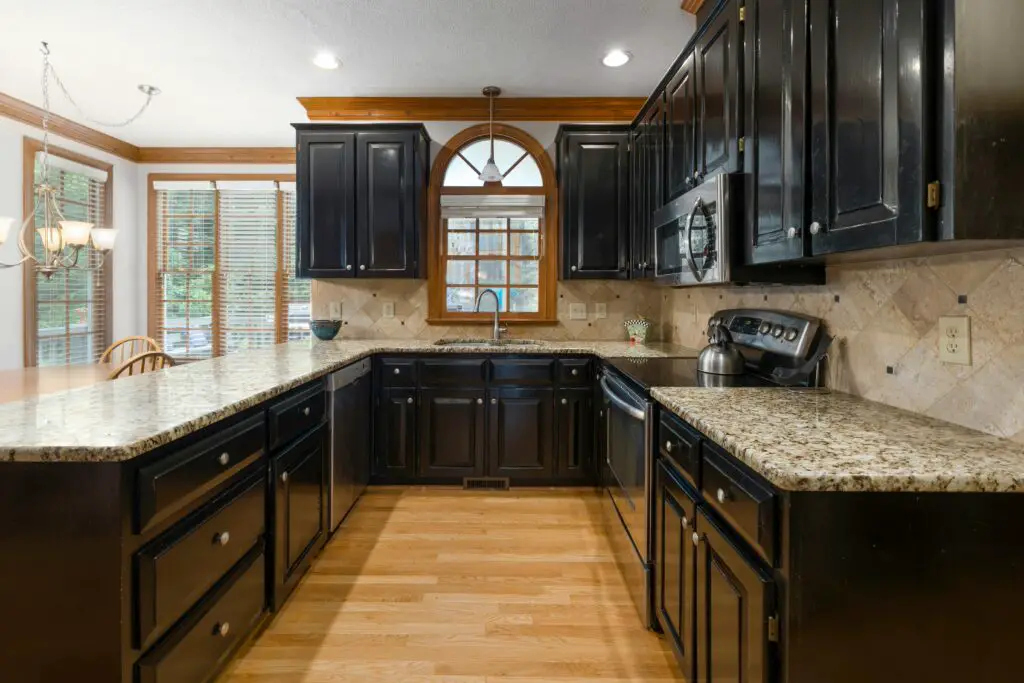
Dark cabinetry once offered a sleek, dramatic look, but it’s quickly becoming a regret for many homeowners. It shows dust, fingerprints, and scratches much more than lighter finishes. These kitchens often feel closed-in, especially in smaller spaces or homes with less natural light. Cleaning them can become a constant battle, as noted by Apartment Therapy.
Designers now favor mid-tones, soft grays, or natural wood for warmth and versatility. Light-colored cabinets also create a more open, airy feeling. As trends shift back to light and livable aesthetics, overly dark cabinets are falling out of fashion. Many homeowners are already repainting or refacing theirs just a few years after installation.
3. Waterfall Countertops
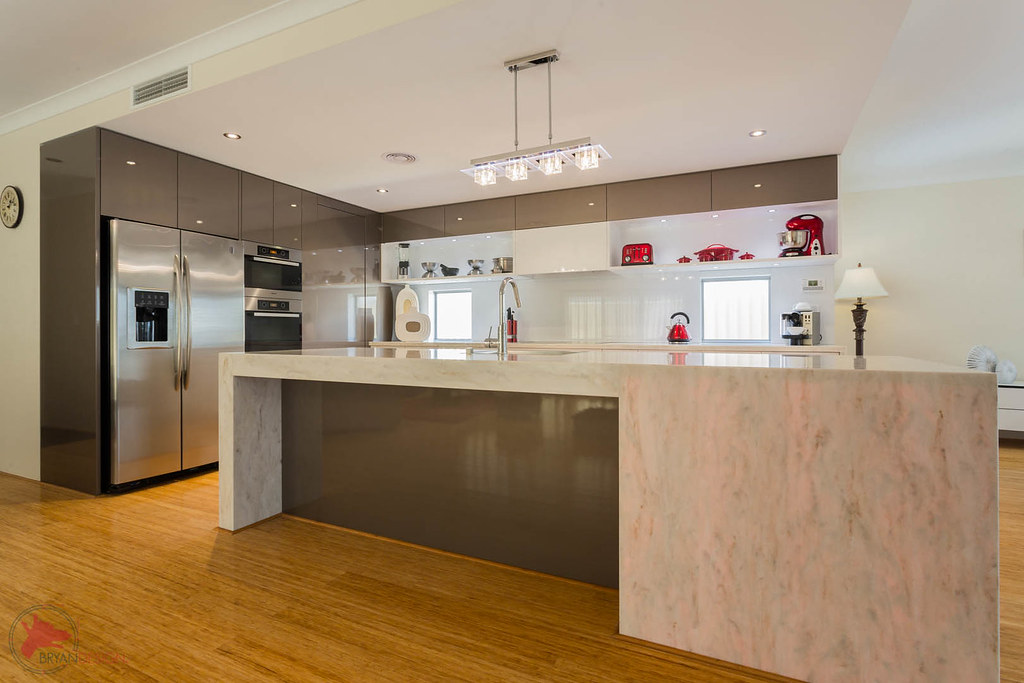
Waterfall countertops had their run as a sleek, modern statement, but practicality is catching up to them. They tend to scratch and scuff more easily on the vertical edges, especially in high-traffic homes, says The Kitchn. The seamless look also comes with a high price tag that rarely adds equivalent resale value. For most people, that extra slab of stone simply isn’t worth the cost.
Homeowners are now prioritizing function over flash. Simpler countertop styles that are easier to maintain and repair are on the rise. Waterfall designs also limit cabinetry options and can eat into storage space. Expect this once-trendy feature to look dated and over-the-top by 2027.
4. Open Shelving
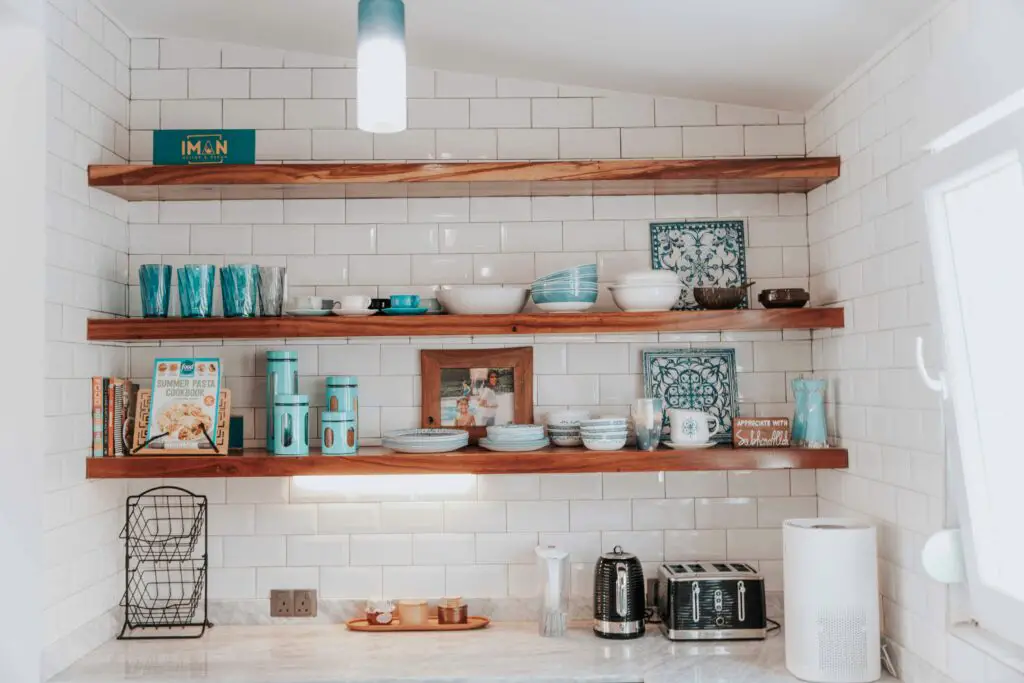
Open shelving had its moment, but dust and clutter have made it one of the least practical kitchen choices. While it looks great in magazine shoots, in real life it requires constant tidying and careful curation. Homes & Gardens points out that any mismatch of plates, bowls, or spice jars instantly makes the space look messy. Worse, grease buildup from cooking means shelves need regular, tedious cleaning.
As homeowners return to valuing function over aesthetics, cabinets are making a comeback. Closed storage hides imperfections and lets you keep things organized on your own terms. Open shelving also limits storage space, especially for those with families or who cook frequently. Expect many homeowners to ditch the idea entirely in the next few years.
5. Touch-Activated Faucets
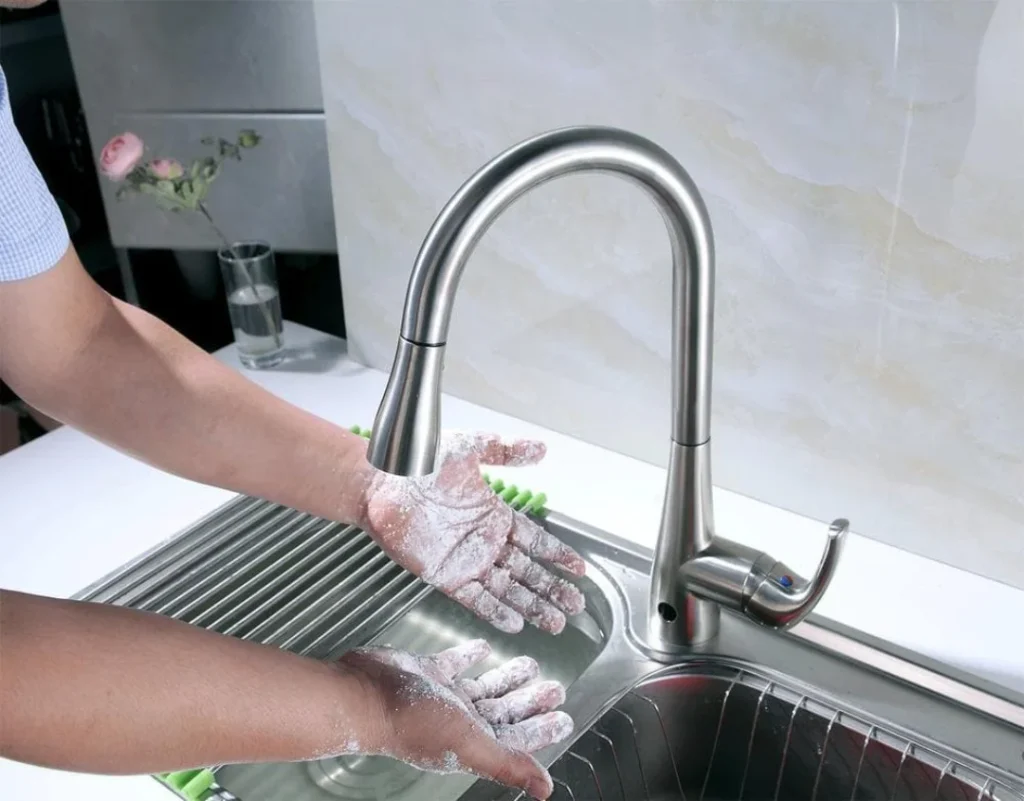
Touch-activated faucets seemed like a smart solution, but in practice, they often create new problems. Malfunctions, battery replacements, and unintended activation can quickly turn convenience into annoyance. They’re also more expensive to install and repair than traditional faucets. If you have kids, the faucet might turn into a toy instead of a tool.
As homeowners focus on durability and simplicity, many are returning to classic manual fixtures. The added complexity just doesn’t pay off for most people. In the long run, touch faucets tend to feel more like gimmicks than game-changers. By 2027, they’ll likely be phased out in favor of smarter, low-maintenance alternatives.
6. All-White Everything

The all-white kitchen became a symbol of clean, timeless design—but it’s now starting to feel cold and lifeless. White cabinets, countertops, and backsplashes are hard to keep spotless, and the sterile look lacks warmth. Scuffs, spills, and stains stand out more, demanding constant cleaning. The uniformity also leaves little room for personality.
Designers are shifting toward mixed textures, natural tones, and soft contrasts. Wood elements, darker counters, and colored tile backsplashes are making spaces feel more human. An all-white kitchen can quickly become bland or even institutional in appearance. Homeowners are realizing they want something cozier and more forgiving.
7. Industrial Finishes
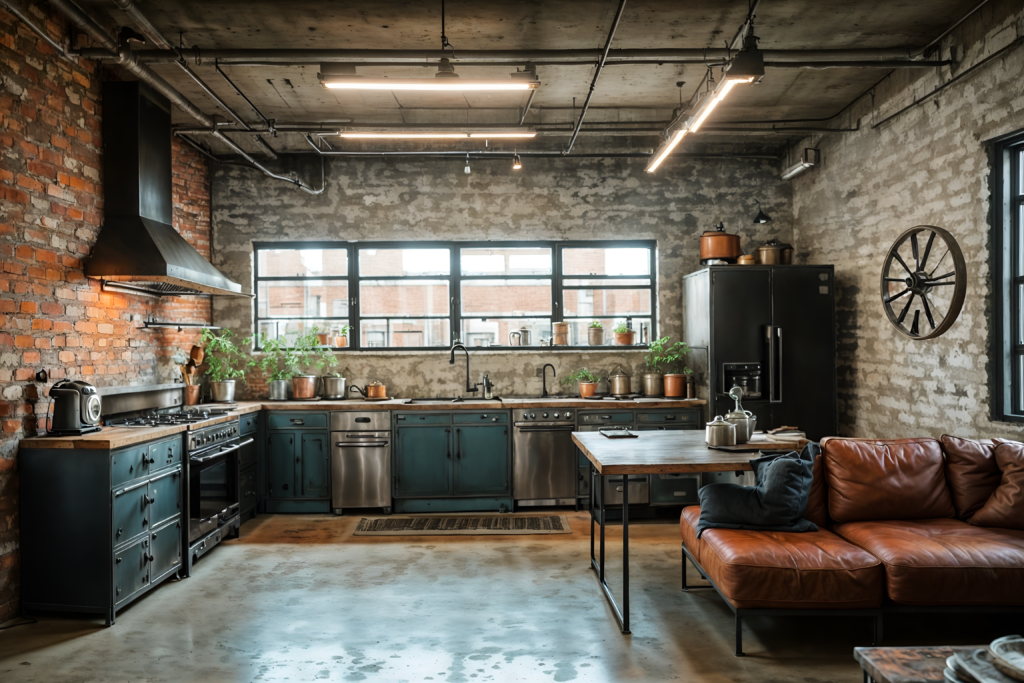
Concrete countertops, exposed ductwork, and oversized metal hardware were once staples of the industrial kitchen trend. But they often make a space feel cold, heavy, and uninviting. These finishes are also tough to repair, expensive to customize, and can chip or crack easily. The industrial look rarely blends well with other home styles.
By 2027, this aesthetic is expected to look overly stark and dated. Homeowners are moving toward softer, more organic materials like butcher block, stone, and ceramic. Kitchens are shifting back toward warmth and comfort rather than loft-style minimalism. Industrial finishes just don’t age well in most homes.
8. Overbuilt Islands
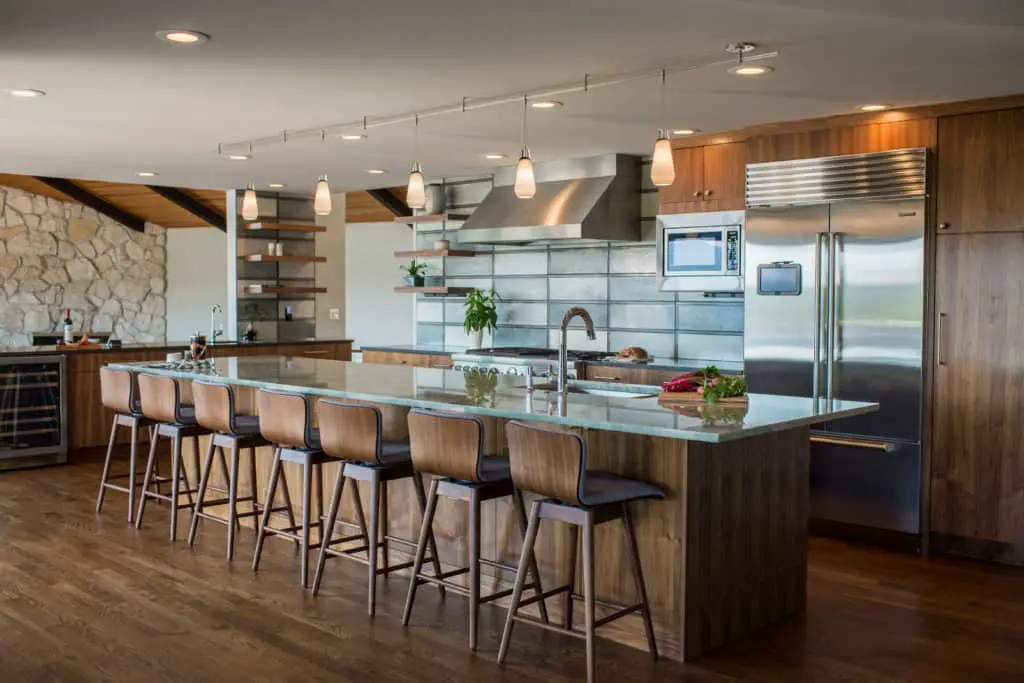
Large, imposing islands with seating, sinks, and even appliances used to be a dream feature. But many homeowners find that they consume valuable space and make the kitchen feel congested. Over time, the functionality doesn’t match the footprint—especially in smaller homes. They can also be expensive to build and maintain.
Designers are starting to recommend more modest islands with flexible storage or movable elements. A sleeker setup allows for better traffic flow and easier entertaining. Overbuilt islands may soon be seen as a relic of the “bigger is better” mindset. Many homeowners are downsizing to keep things functional and open.
9. High-Gloss Finishes
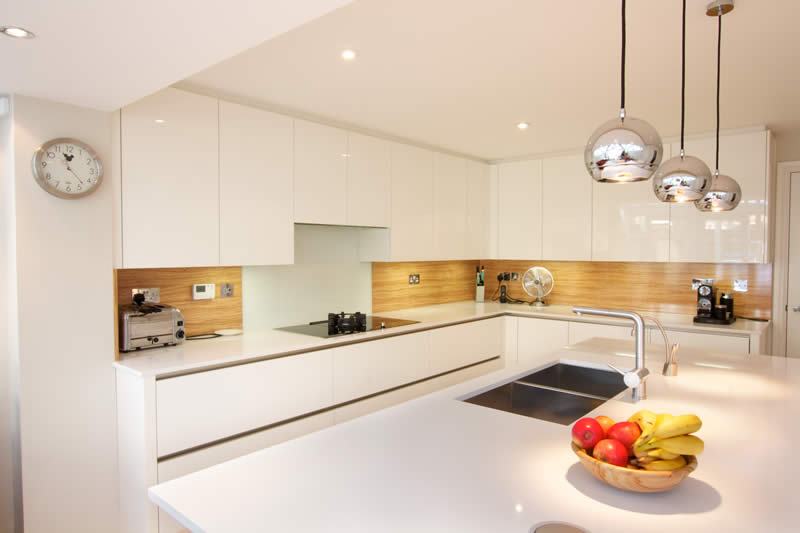
Glossy cabinets and counters were once used to make kitchens look modern and high-end. But they show fingerprints, dust, and smudges at an alarming rate. Keeping them clean requires constant wiping, especially with kids or frequent guests. Over time, the shine also fades or becomes scratched, ruining the effect.
Matte and satin finishes are now the preferred alternatives. They’re more forgiving and versatile across different styles. As high-gloss looks wear down, homeowners are turning toward finishes that hold up better over time. The extra maintenance just isn’t worth the fleeting aesthetic.
10. Statement Backsplashes

Brightly patterned or unusually textured backsplashes seemed like a bold way to personalize a kitchen. But many of these designs quickly date the space and clash with other elements. They’re also harder to clean and often dominate the room’s visual balance. What once looked daring may soon feel garish or overdone.
Neutral or classic tile choices are proving to have greater staying power. Subtle textures and timeless materials work better across styles and resale markets. Flashy backsplashes will likely be among the first elements replaced in a future renovation. Design restraint is making a comeback in kitchen finishes.
11. Faux Wood Tile

Faux wood tile was meant to blend the durability of ceramic with the warmth of wood, but it rarely delivers on either front. Many installations end up looking artificial, especially when grout lines are prominent. The texture and feel also lack the character of real hardwood or natural alternatives. Cleaning can be awkward, particularly in high-traffic zones.
By 2027, more homeowners will opt for engineered wood, vinyl plank, or real tile in classic finishes. Better materials now offer similar durability with far more aesthetic appeal. Faux wood tile often feels like a compromise—and it doesn’t hold up well under scrutiny. It’s being quietly phased out in many design circles.
12. Low-Profile Range Hoods
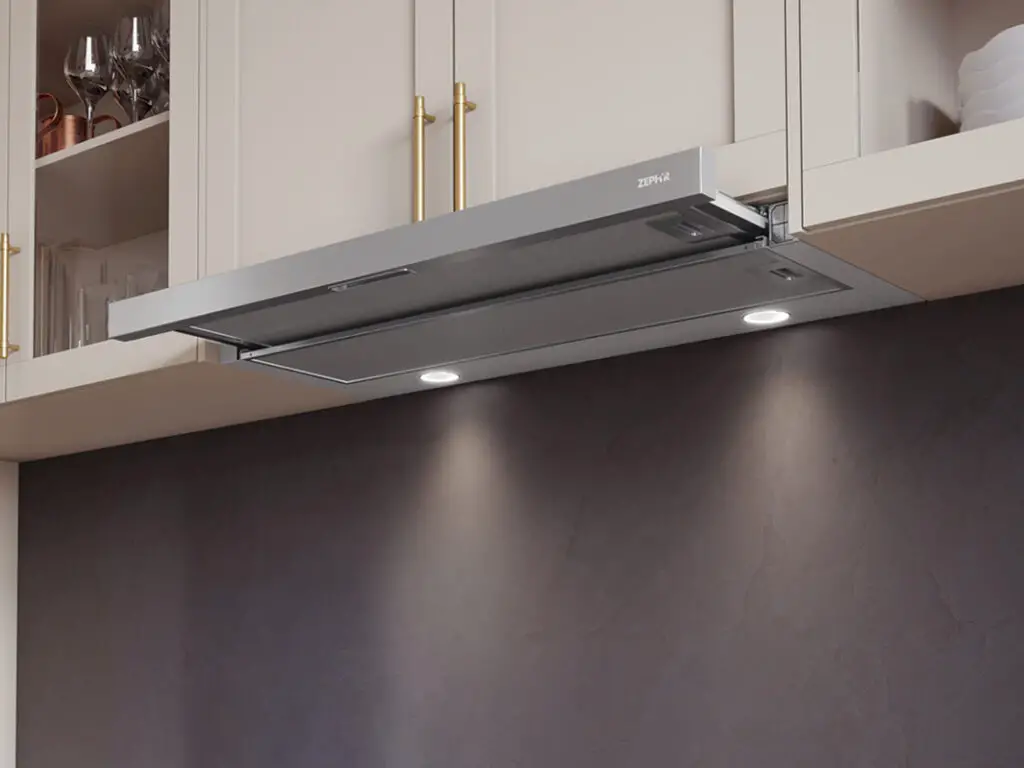
Minimalist or hidden range hoods gained popularity as part of the streamlined kitchen trend. But their performance often falls short of full-size hoods when it comes to ventilation. Without proper airflow, odors and moisture can linger far longer than they should. Over time, this leads to buildup on cabinets and walls.
Function is now taking priority over subtlety. Full-range hoods offer better suction, easier maintenance, and more durability. Designers are re-embracing visible but stylish range hoods that actually work. Expect the low-profile look to disappear in favor of something more effective.
13. Two-Tiered Countertops
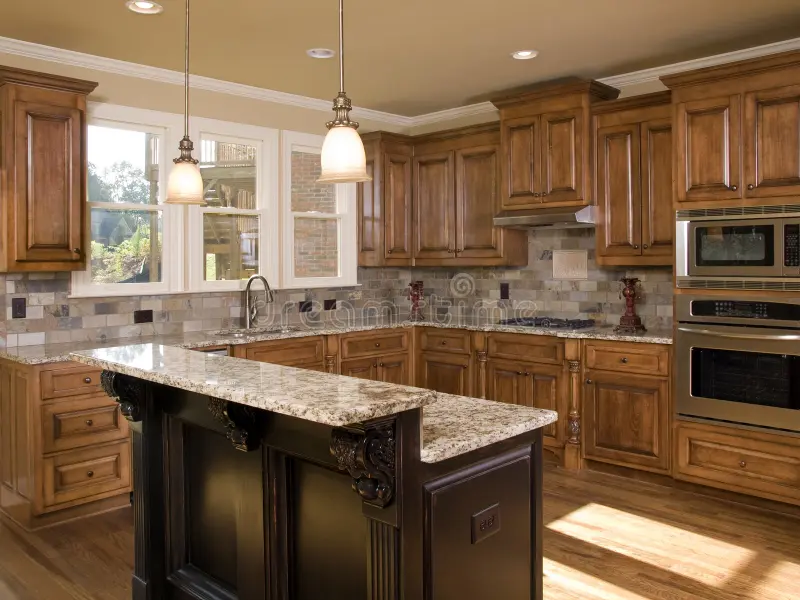
Two-tiered countertops, often used in older breakfast bar setups, are becoming a design headache. They disrupt visual flow and limit usable workspace. Cleaning is harder, and they often create awkward divisions between kitchen and dining areas. As open layouts become more refined, these split-level counters feel clunky and outdated.
Flat, continuous surfaces are now preferred for both aesthetics and utility. They allow for more flexible seating, easier prep, and a sleeker overall design. By 2027, two-tiered setups will be seen as relics of early-2000s layouts. Many homeowners are already replacing them with seamless islands or peninsulas.
